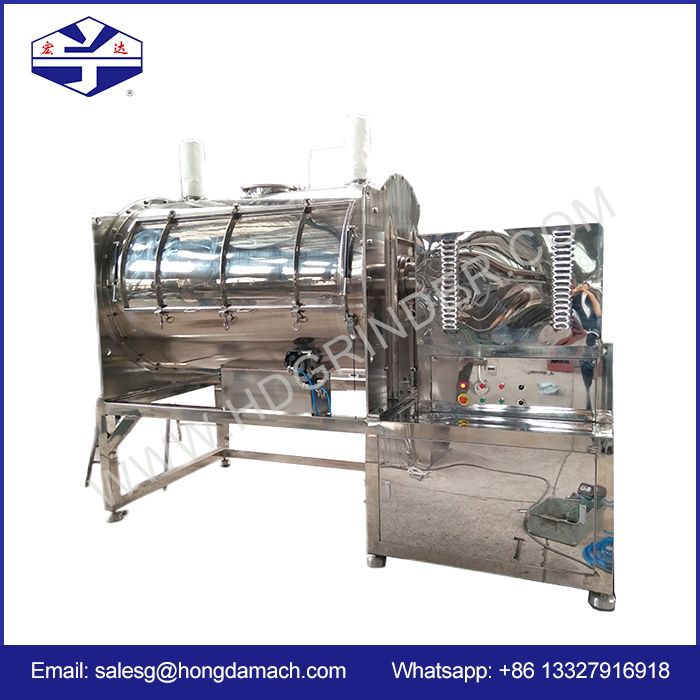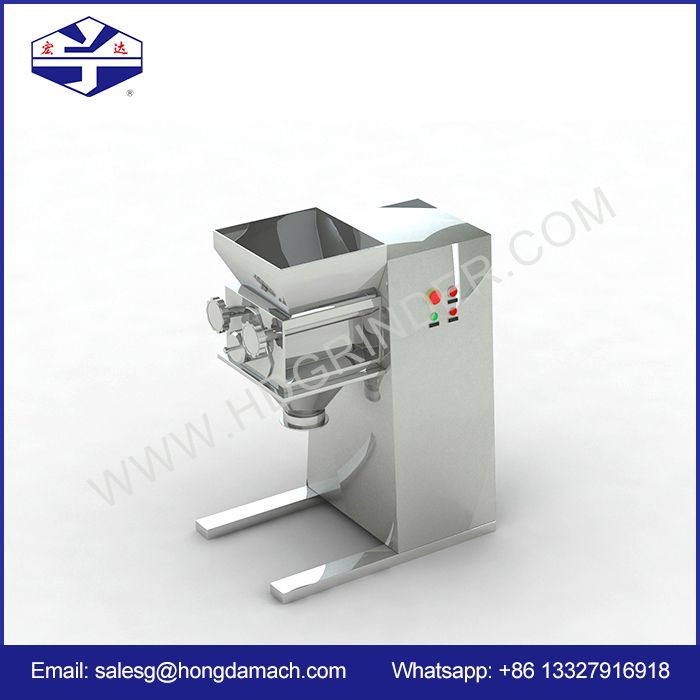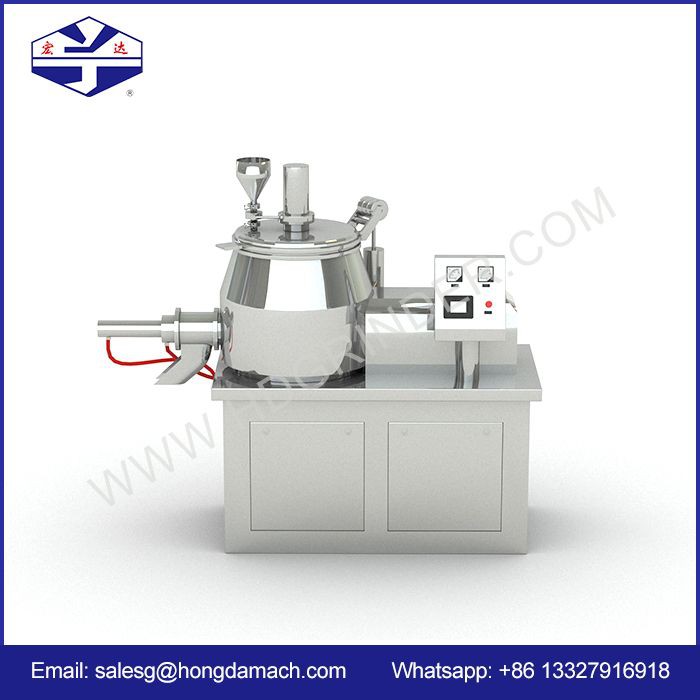Knowledge
The structure of continuous ribbon blender
A continuous ribbon blender is a type of mixing equipment used in various industries, including food processing, pharmaceuticals, and chemicals. It consists of a long, horizontal trough with a rotating agitator inside.
The structure of a continuous ribbon blender typically includes the following components:
1. Trough: The main body of the blender is a long, rectangular or U-shaped trough made of stainless steel or other suitable materials. It is designed to hold the materials being mixed.
2. Ribbon Agitator: Inside the trough, there is a central shaft with a series of helical ribbon blades attached to it. These blades are curved in a double-helix pattern and extend the length of the trough. The ribbon agitator is responsible for moving and mixing the materials.
3. Drive System: The blender is powered by a motor and drive system, usually located at one end of the trough. It provides the necessary rotational force to the agitator shaft.
4. Discharge Outlet: At the other end of the trough, there is a discharge outlet or chute. It allows the mixed materials to be discharged from the blender once the mixing process is complete.
5. Seals and Bearings: To prevent leakage and ensure smooth operation, the blender may have seals and bearings at various points, such as where the shaft enters the trough.
6. Support Structure: The blender is typically mounted on a sturdy support structure, which can be a frame or legs, to provide stability during operation.
The continuous ribbon blender operates by continuously feeding materials into the trough while the ribbon agitator rotates, causing the materials to move in a cascading, overlapping motion. This movement ensures thorough mixing and blending of the ingredients.
The structure of a continuous ribbon blender typically includes the following components:
1. Trough: The main body of the blender is a long, rectangular or U-shaped trough made of stainless steel or other suitable materials. It is designed to hold the materials being mixed.
2. Ribbon Agitator: Inside the trough, there is a central shaft with a series of helical ribbon blades attached to it. These blades are curved in a double-helix pattern and extend the length of the trough. The ribbon agitator is responsible for moving and mixing the materials.
3. Drive System: The blender is powered by a motor and drive system, usually located at one end of the trough. It provides the necessary rotational force to the agitator shaft.
4. Discharge Outlet: At the other end of the trough, there is a discharge outlet or chute. It allows the mixed materials to be discharged from the blender once the mixing process is complete.
5. Seals and Bearings: To prevent leakage and ensure smooth operation, the blender may have seals and bearings at various points, such as where the shaft enters the trough.
6. Support Structure: The blender is typically mounted on a sturdy support structure, which can be a frame or legs, to provide stability during operation.
The continuous ribbon blender operates by continuously feeding materials into the trough while the ribbon agitator rotates, causing the materials to move in a cascading, overlapping motion. This movement ensures thorough mixing and blending of the ingredients.
Send Inquiry








